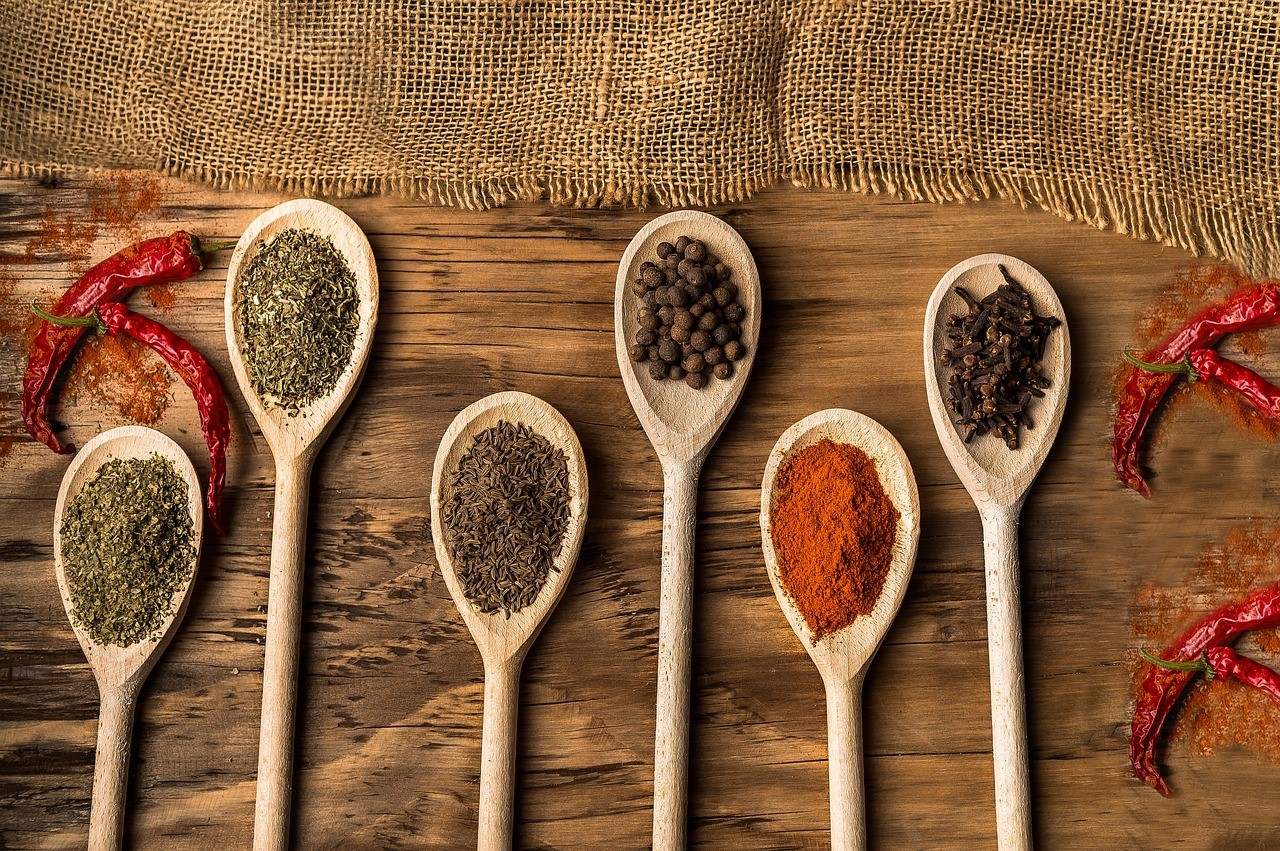Namaste, Fellow Financial Florists!
Just as every flower in my shop has its perfect season and care routine, our Indian kitchens hold ancient wisdom for nurturing both our families and our finances. Today, let’s explore how to make our kitchens bloom with abundance while keeping our expenses in check.
## The Kitchen Garden: Planning for Prosperity
### 1. Monthly Meal Planning
Like planning a garden, your kitchen needs structure:
**Weekly Framework:**
– Monday: Dal-based meals
– Tuesday: Rice-based dishes
– Wednesday: Roti-sabzi
– Thursday: One-pot meals
– Friday: Legumes
– Saturday: Regional specials
– Sunday: Family favorites
**Money-Saving Impact:**
– Reduced waste: ₹2,000/month
– Optimized shopping: ₹1,500/month
– Bulk buying advantage: ₹1,000/month
## Smart Shopping Strategies
### 1. Wholesale Wisdom
Best items for bulk buying:
– Rice (6-month supply)
– Dal (3-month supply)
– Atta (monthly)
– Spices (3-month supply)
### 2. Seasonal Shopping
**Summer:**
– Mangoes for pickle/aam panna
– Green leafy vegetables for drying
– Bulk spice purchasing
**Winter:**
– Root vegetables
– Dry fruits
– Traditional preserves
**Monsoon:**
– Non-perishables
– Dried ingredients
– Long-shelf items
## Traditional Storage Methods
### 1. Masala Magic
Store spices in:
– Clay containers
– Steel dabbas
– Dark glass jars
– Traditional spice boxes
**Traditional Practices:**
– Sun-dry whole spices
– Grind small batches
– Use neem leaves
– Natural preservatives
### 2. Grain Storage
**Ancient Wisdom:**
– Traditional bharanis
– Clay containers
– Steel drums
– Bamboo baskets
**Protection Methods:**
– Bay leaves
– Black pepper
– Dried red chilies
– Regular sun exposure
## Smart Cooking Practices
### 1. Energy Efficiency
**Modern Methods:**
– Pressure cooker usage
– One-pot meals
– Batch cooking
– Solar cooking when possible
**Traditional Techniques:**
– Slow cooking
– Natural cooling
– Earthen pot usage
– Residual heat utilization
### 2. Waste Reduction
**Creative Uses:**
– Vegetable peels for stock
– Fruit scraps for compost
– Leftover rice for dosa
– Stale bread for upma
## The Art of Preservation
### 1. Traditional Methods
**Dry Storage:**
– Sun-dried vegetables
– Dehydrated herbs
– Powder preparations
– Papads and vadams
**Wet Storage:**
– Pickles
– Chutneys
– Jams
– Traditional preserves
### 2. Modern Adaptations
**Freezer Techniques:**
– Herb freezing
– Curry base storage
– Chapati dough
– Grated coconut
## Cost-Effective Kitchen Tools
### Essential Investments:
1. **Basic Equipment:**
– Quality pressure cooker
– Heavy-bottom pans
– Sharp knives
– Stone grinder
2. **Traditional Tools:**
– Mortar-pestle
– Rolling pin set
– Clay pots
– Steel storage containers
## Monthly Kitchen Budget Planning
### 1. Essential Categories
**Fixed Expenses:**
– Basic groceries: ₹4,000
– Fresh produce: ₹3,000
– Dairy products: ₹2,000
– Spices/seasonings: ₹1,000
**Variable Expenses:**
– Special ingredients: ₹1,000
– Festival preparations: ₹1,000
– Guest arrangements: ₹1,000
### 2. Saving Strategies
**Direct Savings:**
– Bulk purchasing: 20-30%
– Seasonal buying: 15-25%
– Local markets: 10-20%
– Home preservation: 15-20%
## Creating Kitchen Systems
### 1. Inventory Management
**Weekly Tasks:**
– Stock checking
– Meal planning
– Shopping list
– Preservation needs
**Monthly Tasks:**
– Deep cleaning
– Bulk shopping
– Storage rotation
– Budget review
### 2. Recipe Organization
– Family favorites
– Seasonal specials
– Guest menus
– Quick recipes
## Community Kitchen Wisdom
### 1. Group Initiatives
– Bulk buying groups
– Recipe exchanges
– Preservation sessions
– Traditional knowledge sharing
### 2. Shared Resources
– Community gardens
– Tool sharing
– Bulk purchases
– Festival preparations
## Special Occasions Planning
### 1. Festival Preparation
**Smart Strategies:**
– Advance planning
– Communal cooking
– Shared resources
– Bulk purchasing
### 2. Guest Management
– Menu planning
– Quantity calculation
– Storage optimization
– Waste reduction
## The Future Kitchen
### 1. Sustainable Practices
– Composting
– Kitchen garden
– Water conservation
– Energy efficiency
### 2. Modern Integration
– Smart appliances
– Digital planning
– Online bulk buying
– Recipe apps
## Conclusion: Your Kitchen’s Financial Bloom
Remember fellow Financial Florists:
– Traditional wisdom saves money
– Planning prevents waste
– Community enhances savings
– Quality tools are investments
In our next article, we’ll explore “Power Plant: Reducing Your Electricity Bills Naturally” – making your home energy-efficient while staying comfortable in India’s climate.
Until then, may your kitchen flourish with abundance!
Your Financial Florist



